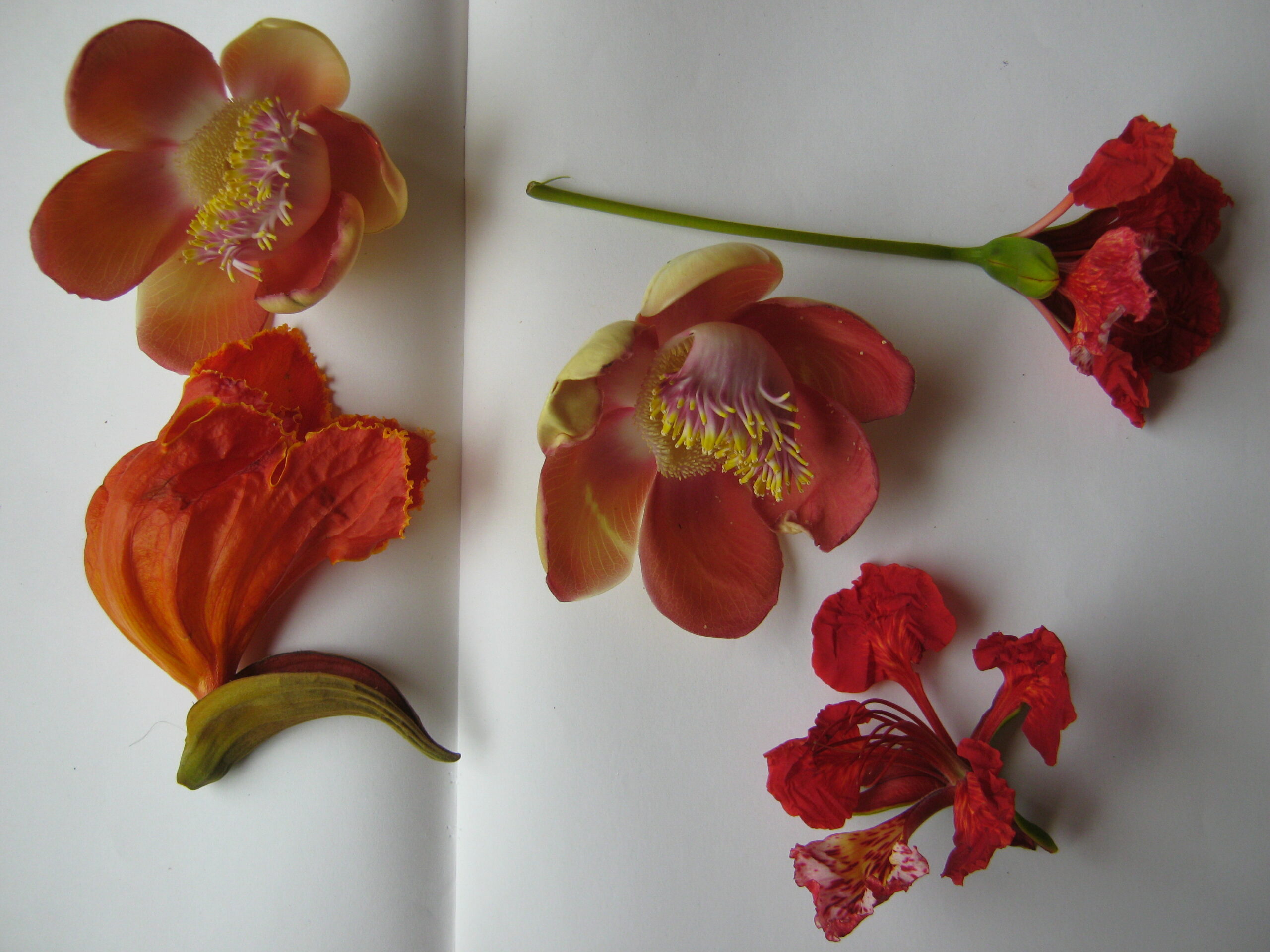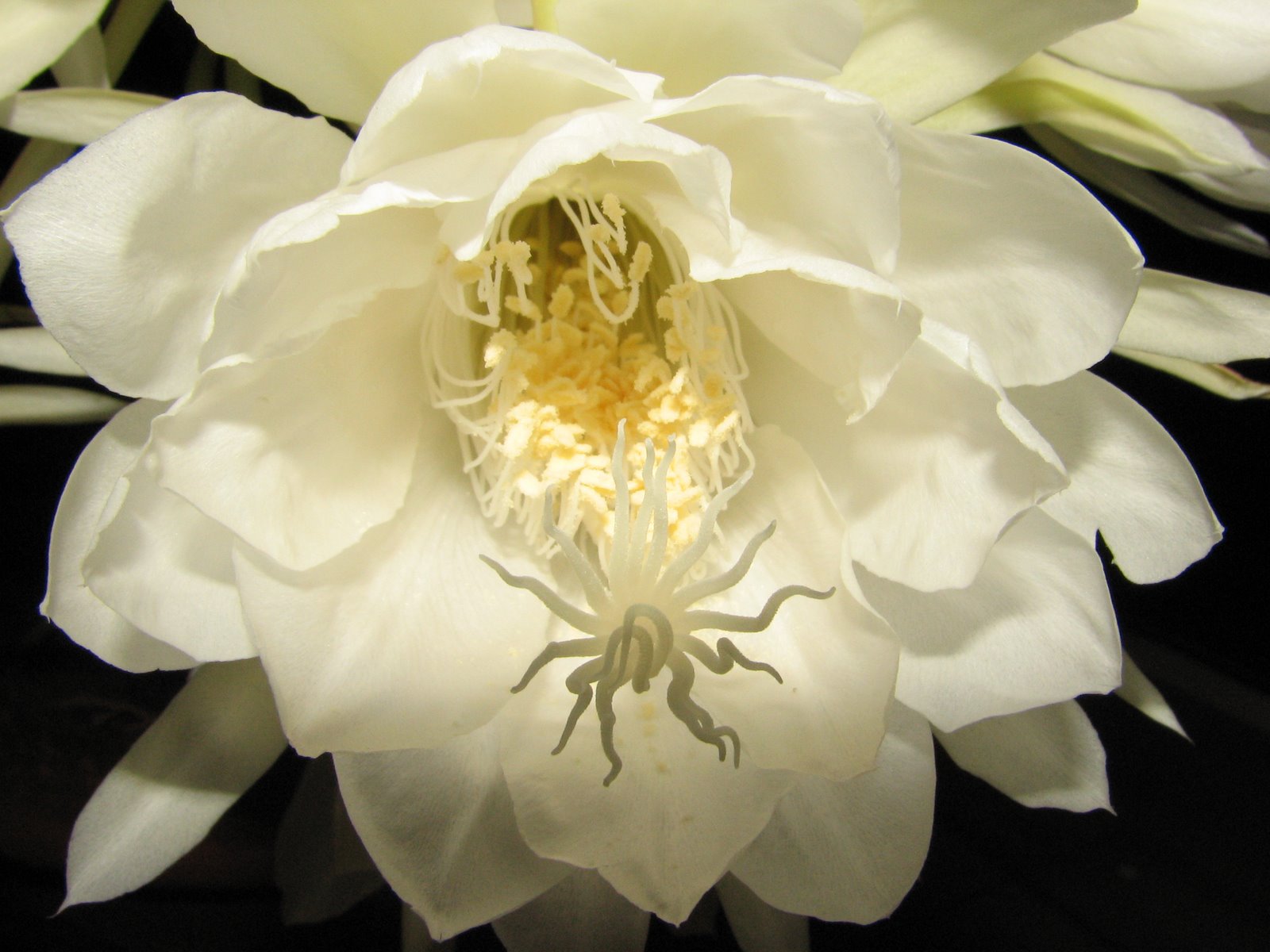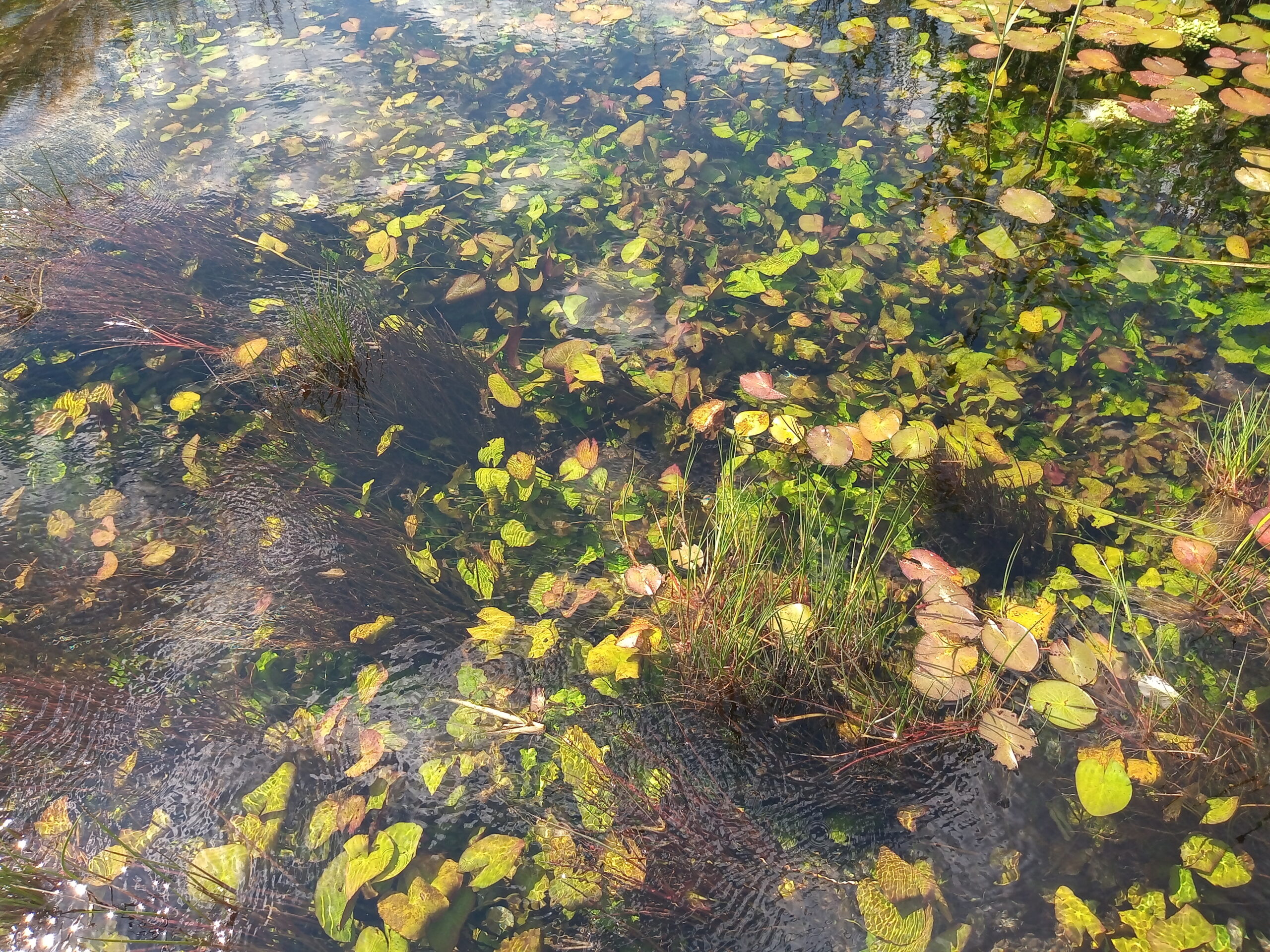
I got my first camera c. 2005. It was the Canon S2 with 12x optical zoom and 5 MP sensor and could support a 1 GB memory card. By today’s standards these specs look very primitive, but this is almost 18 years ago. I have taken several thousand pictures with that camera, resetting the image counter two times. About 2015 the camera sensor gave up, and they could not repair it. The camera, had super zoom for those days, but its macro function was excellent in terms of focusing very well on the macro subjects. Then I got my hands on DSLRs the Sony Alpha 350 and then finally a Nikon D300 with excellent selection of prime lenses. But this post is not about the cameras per se, but the photographs.

Among all the photos that I have taken some just stand out from the rest. The light, the focus, the exposure and the framing is just perfect. I don’t know how to explain this aesthetic appeal of these photographs. But in these photos, even amongst a batch of hundreds taken in the same setting or with same subjects, some photos just come out extraordinary as compared to the rest. As a photographer you might have experienced this too.

I am a very visual oriented person. Ever since I remember from my childhood, I have been always attracted to images and visual depictions. This is what led to me reading comics. The visual impact. Also, in my house there were always art projects my mother did such as embroidery, paintings among other things. And I was fascinated by colours and drawings. Though I am not very good at drawing, I can certainly appreciate good ones.

But coming to photos, some photos make a connection with your very being, inner-self of you. I cannot explain it. But you can experience the photo at some deeper level than the perceptual one. From what I have gathered talking to other people “seeing” the same image, but this experience might be unique, as not every one feels this special connection. You have your favourite photographs, they are really powerful when they speak to you directly transcending the boundaries of space and time.

I don’t know if there is a cognitive theory that will explain this in terms of our earlier experiences with images or social interactions with media. But this connection that you feel is real and I can’t put it in exact words…


